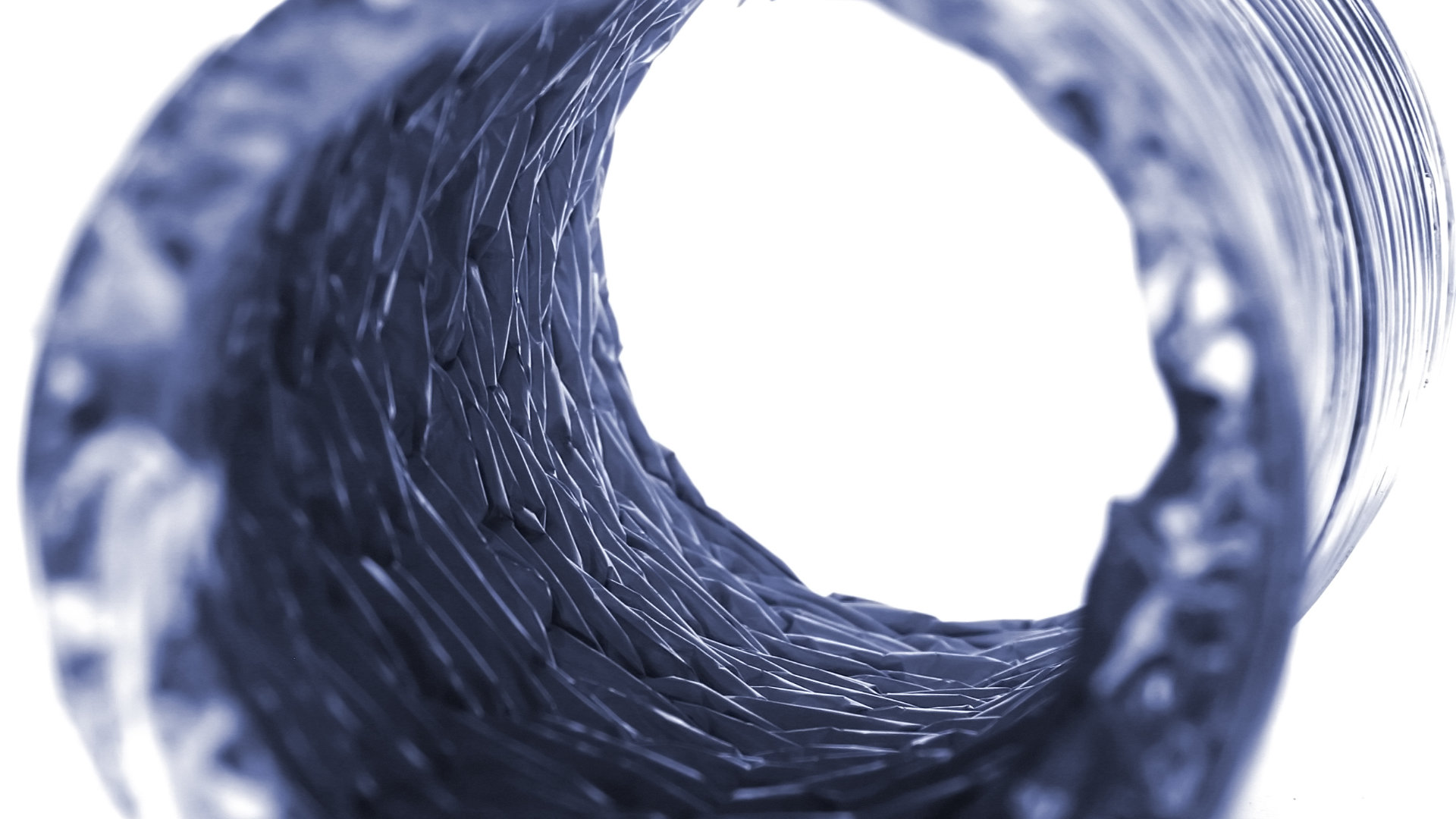
LG makes some exceptionally good appliances, including washing machines.
One of their features is to automatically detect problems when they arise and then display an error code so you know what needs to be fixed.
One of those error codes is “OE.”
When you see this error code, it means that your LG washing machine is not able to drain during the wash cycle.
In this article, we will explain the main components in your LG washer that might cause this to happen and what you can do to fix them.
This guide covers most major models of LG washers, including:
RLM20K
WD-10271BD
WD-11275BD
WD-13276BDM
WD-90282BD
WM2233HW
WM2277HS
WM2301HR
WM2301HW
WM2455HG
WM2455HW
WM2455HW/00
WM2487HRMA/00
WM2487HWMA/00
WM2496HSM
WM2496HWM/00
WM2688HNM
WM2688HWMA/00
WM3070HWA
WM3470HVA
WM3470HWA
The Drain Hose
The best place to start is to check the drain hose.
Checking the drain hose is easy, all you need to do is:
- Locate the drain hose at the back of your washer.
- Check to see if the hose is crimped or kinked, and if so, all you need to do is straighten it out. If the hose is fine, it is not the cause of the problem, and you can move on to checking the next component.
- If you do fix the hose, you can then turn your washer on and see if the error code has stopped showing. If the error code is still showing even after fixing the hose, you will need to check the next component.
The Drain Pump Filter
The next component to check is the drain pump filter. The purpose of the drain pump filter is to stop any debris from getting stuck in the drain. When it becomes defective, the OE error code might appear.
Here’s how to check the drain pump filter:
- Turn the power to the washer off.
- Locate the drain pump filter. For most LG models of washing machines, it can be found in the front bottom compartment.
- Remove the cover of the drain pump filter.
- Unplug the hose and then unhook and take out the small plug from the drain hose. Make sure you have a small container on hand to catch the water that comes out from the tub.
- When the water has fully drained, you can twist the pump filter counterclockwise, and it should come out.
- Give the filter a good clean by running it under warm water. You should also give the drain pump filter housing area a good clean.
- Once you’ve cleaned all of the components of the filter unit, you can put it back in and reconnect the cap on the drain hose and then the hose back onto the washing machine.
- You can now test to see if the problem has been solved by turning your washing machine on to a cycle. If the error code is still displayed, you will have to check the drain pump.
The Drain Pump
The third component to check is the drain pump. The drain pump helps water to drain out of your washer properly, so when it becomes faulty, you will likely see an OE error code appear.
The first thing you need to do is check if the drain pump is faulty or not. To do that:
- Turn your washer on by pressing the “power” button.
- Press the “spin speed” button down until it sets to “high.”
- Next, press “start/pause” so the washer starts its cycle.
- Listen to see if you can hear a humming sound. If you can hear the humming sound, this means that your washer has begun to drain and is working correctly. However, if you can’t hear a humming sound, this means the drain pump is not working and will need to be tested to see if it is faulty or not.
To test the drain pump, you need to:
- Turn the washer off from its power source.
- Remove the top of the washer by unthreading the screws that hold the top unit in place. You will have to remove the soap drawer before you can fully remove the top panel (just remove the screws that hold the drawer in place, and it should come out).
- On the left-hand side of the washer at the bottom will be a small door. Open the door, find the drain hose, and remove it. You will need a small container on hand to put the hose end in so the water won’t leak onto the floor.
- Remove the single screw that is inside the door. You can then pull the cover for the drain clean-out off.
- You should now be able to see a single screw at the bottom of the washer unit, which you need to remove so that you can remove the front panel.
- Open the washer door and remove the band clamp that holds the door below in place with a screwdriver.
- You should now be able to pull the boot away from the front panel and push it into the washer tub.
- Unplug the wire harness from the bottom of the door lock assembly, and then close the washer door.
- Remove the last 4 screws that are holding the front panel and door in place, and then you should be able to remove the panel and door.
- Locate the drain pump motor, and remove the hoses that are attached to it.
- Unthread any screws or bolts that are holding the pump motor in place.
- Carefully remove the pump motor and disconnect the wiring harness.
- Grab your new motor, reconnect the writing harnesses, and then place the new motor where the old one was.
- You can now reattach all of the screws and bolts that you took out before and put your washer back together in the reverse way you took it apart.
- Once you’ve successfully put the washer back together, you need to turn it back on at the power source and see if the error code has disappeared.

Your Guide to Whirlpool Microwave Replacement Parts

What to Do When Your Kenmore Dryer Won’t Start

How to Resolve the LG Washer LE Error Code

Why Does My Oven Smell Like Gas? Causes and What to Do

Maytag Dryer Not Heating? Here’s How to Fix It

6 Common Reasons Your Speed Queen Dryer Isn’t Heating

8 Reasons Your Samsung Refrigerator Is Not Cooling

9 Most Reliable Washer and Dryer Brands

How to Get Ink out of Your Dryer the Easy Way

Why Is My Fridge Making Noise That Stops When the Door Is Open?

Frigidaire Refrigerator Error Code H1: Causes & Solutions

How to Clean a Dryer Vent Without Moving the Dryer

9 Reasons Your LG Refrigerator Isn’t Cooling

LG Refrigerator Not Making Ice? Here’s What To Do!


